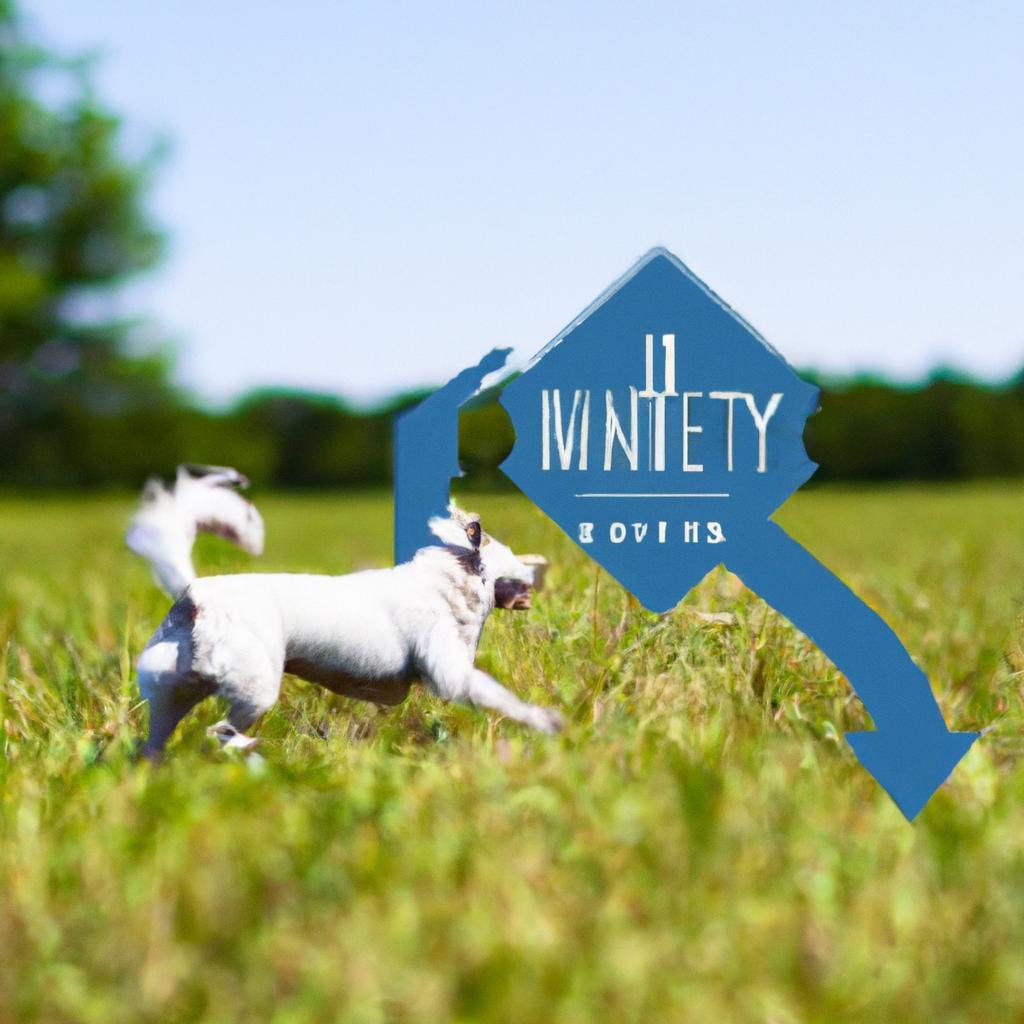In a quiet suburban neighborhood, a family found themselves in a terrifying situation when an intruder attempted to break into their home. Just as panic set in, their loyal German Shepherd, Max, sprang into action. With unwavering courage and instinct, he confronted the intruder, barking fiercely and positioning himself protectively in front of his family. The would-be thief fled, leaving the family safe and secure. This is the essence of the ultimate protection dog: a devoted guardian, trained to defend and protect, ensuring peace of mind for those they love.
Contents
- Understanding the Characteristics of an Ideal Protection Dog
- Evaluating Breeds for Optimal Security and Loyalty
- Training Techniques for Developing a Fearless Guardian
- Choosing the Right Professional for Protection Dog Acquisition
- Q&A
Understanding the Characteristics of an Ideal Protection Dog
When considering the ideal protection dog, several key characteristics come into play that distinguish a true guardian from an ordinary pet. **Temperament** is paramount; an effective protection dog must possess a balanced nature, exhibiting both confidence and calmness. This breed should be naturally protective without being overly aggressive, ensuring they can discern between a genuine threat and a benign situation. A dog that is too aggressive may pose risks to innocent bystanders, while one that is overly timid may not respond effectively in a crisis.
Another essential trait is **trainability**. The best protection dogs are those that can learn commands quickly and respond reliably under pressure. This requires a breed that is not only intelligent but also eager to please. A dog that thrives on positive reinforcement will be more likely to develop the skills necessary for protection work, including obedience, alertness, and the ability to follow complex commands. Consistent training and socialization from an early age are crucial in shaping a dog’s behavior and ensuring they can handle various situations with poise.
**Physical attributes** also play a significant role in determining the effectiveness of a protection dog. A strong, agile build is essential for a dog tasked with defending its owner. Breeds that are naturally robust and athletic, such as German Shepherds or Belgian Malinois, often excel in protection roles due to their endurance and strength. Additionally, a well-groomed coat and good health are indicators of a dog’s overall vitality, which can impact its performance in protective scenarios.
the **bond** between the dog and its owner cannot be overlooked. A strong, trusting relationship enhances the dog’s protective instincts and responsiveness. Dogs that feel a deep connection with their owners are more likely to act decisively when it comes to safeguarding their loved ones. This bond is cultivated through consistent interaction, training, and positive experiences, ensuring that the dog is not only a protector but also a loyal companion.
Evaluating Breeds for Optimal Security and Loyalty
When considering the ideal canine companion for protection, it’s essential to evaluate various breeds based on their inherent traits and abilities. Certain breeds have been historically recognized for their protective instincts, intelligence, and loyalty. These characteristics not only ensure the safety of their human companions but also foster a deep bond that enhances their effectiveness as guardians. Breeds such as the German Shepherd, Rottweiler, and Belgian Malinois stand out due to their robust physicality and trainability, making them prime candidates for protection work.
**Temperament** plays a crucial role in determining a breed’s suitability for security tasks. A dog that exhibits a balanced temperament is more likely to respond appropriately to various situations, whether it involves assessing a threat or interacting with family members. Breeds known for their stable demeanor, such as the Doberman Pinscher and Boxer, often excel in environments where both vigilance and sociability are required. Their ability to remain calm under pressure while being fiercely loyal makes them invaluable in protective roles.
Another vital aspect to consider is **trainability**. A breed that is eager to learn and responsive to commands will be more effective in executing protection tasks. Breeds like the Labrador Retriever, although not traditionally seen as protection dogs, can be trained for alertness and response due to their intelligence and willingness to please. This adaptability allows for a broader range of breeds to be considered, as long as they possess the right motivation and drive to protect their family.
the **physical attributes** of a breed cannot be overlooked. Size, strength, and agility contribute significantly to a dog’s ability to deter threats and protect its territory. Larger breeds, such as the Mastiff or Cane Corso, offer a formidable presence, while agile breeds like the Belgian Malinois can swiftly navigate various environments. The combination of these physical traits with the right temperament and trainability creates a formidable protector, ensuring that your home and loved ones are safeguarded effectively.
Training Techniques for Developing a Fearless Guardian
To cultivate a fearless guardian, it is essential to implement a variety of training techniques that not only build confidence but also reinforce the dog’s protective instincts. **Positive reinforcement** is a cornerstone of effective training, rewarding desired behaviors with treats, praise, or playtime. This method encourages the dog to associate protective actions with positive outcomes, fostering a sense of security and purpose. By gradually introducing scenarios that require the dog to respond protectively, handlers can help the dog learn to assess situations and react appropriately.
Another crucial technique is **socialization**. Exposing the dog to different environments, people, and other animals helps to reduce fear and anxiety. A well-socialized dog is less likely to react aggressively out of fear, making it more effective as a guardian. Incorporating controlled interactions with strangers and various stimuli allows the dog to develop a balanced temperament, ensuring it can distinguish between genuine threats and benign situations.
Incorporating **obedience training** is vital for establishing a strong bond between the handler and the dog. Commands such as “stay,” “come,” and “leave it” not only enhance the dog’s responsiveness but also instill discipline. A dog that understands and respects commands is more likely to act decisively in protective situations. Regular practice in diverse settings reinforces these commands, ensuring the dog remains focused and reliable, even under pressure.
**exposure to controlled stressors** can be an effective way to build resilience. This involves simulating potential threats in a safe environment, allowing the dog to practice its protective instincts without real danger. Techniques such as using decoys or engaging in controlled bite work can help the dog learn to assess threats and respond appropriately. By gradually increasing the intensity of these scenarios, handlers can ensure that their dogs develop the courage and confidence necessary to act as true guardians.
Choosing the Right Professional for Protection Dog Acquisition
When considering the acquisition of a protection dog, selecting the right professional is crucial to ensure you receive a well-trained and reliable companion. The expertise of the trainer or organization can significantly influence the dog’s temperament, skills, and overall suitability for your specific needs. Therefore, it is essential to conduct thorough research and ask the right questions before making a decision.
Look for professionals who have a proven track record in training protection dogs. This includes checking their credentials, experience, and client testimonials. A reputable trainer should be able to provide references and demonstrate their success with previous clients. Additionally, consider the following factors:
- Training Methods: Ensure they use humane and effective training techniques that promote positive reinforcement.
- Specialization: Choose someone who specializes in protection dogs, as this requires specific knowledge and skills.
- Facility Standards: Visit their training facility to assess the environment and the care provided to the dogs.
Another important aspect is the trainer’s ability to assess your lifestyle and needs. A professional should take the time to understand your living situation, family dynamics, and any specific concerns you may have. This personalized approach ensures that the dog you acquire is not only well-trained but also a good fit for your household. Inquire about their process for matching dogs with families, as this can reveal their commitment to finding the right match for you.
consider ongoing support and training after the acquisition. A responsible trainer will offer post-purchase guidance to help you integrate the protection dog into your home successfully. This may include follow-up training sessions, behavior assessments, and resources for continued education. By choosing a professional who prioritizes your long-term success, you can ensure that your protection dog will be a loyal and effective guardian for years to come.
Q&A
-
What breeds are considered the ultimate protection dogs?
The ultimate protection dogs typically include breeds known for their strength, intelligence, and loyalty. Some of the most recommended breeds are:
- German Shepherd
- Rottweiler
- Belgian Malinois
- Doberman Pinscher
These breeds are not only protective but also trainable, making them ideal for personal and family protection.
-
How do I choose the right protection dog for my needs?
Choosing the right protection dog involves assessing your lifestyle, living situation, and specific security needs. Consider the following:
- Your home environment (urban vs. rural)
- Presence of children or other pets
- Your experience with dog training
- The dog’s temperament and energy level
Consulting with a professional trainer can also help you make an informed decision.
-
What training do protection dogs require?
Protection dogs require specialized training that focuses on obedience, socialization, and protection skills. Key training components include:
- Basic obedience commands
- Socialization with people and other animals
- Controlled aggression training
- Situational awareness and response
Investing in professional training ensures that your dog can effectively protect you while remaining well-behaved in everyday situations.
-
Are protection dogs safe for families?
Yes, protection dogs can be safe for families when properly trained and socialized. It’s essential to:
- Choose a breed known for its family-friendly nature
- Provide consistent training and socialization from a young age
- Supervise interactions between the dog and children
With the right approach, protection dogs can be both loving family companions and effective guardians.
the ultimate protection dog is more than just a guardian; it’s a loyal companion, a skilled protector, and a vital part of your family’s safety. Choose wisely, and invest in a breed that embodies strength, intelligence, and unwavering loyalty.




